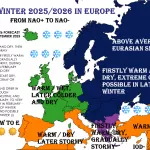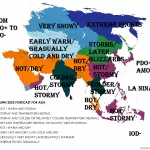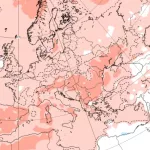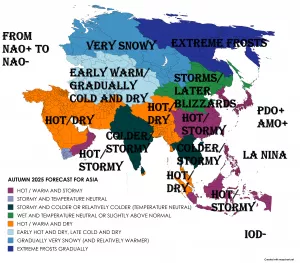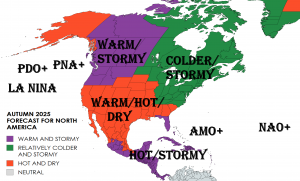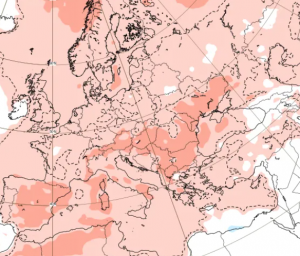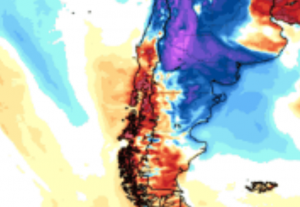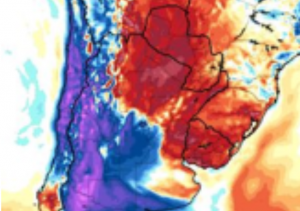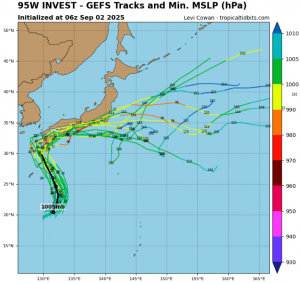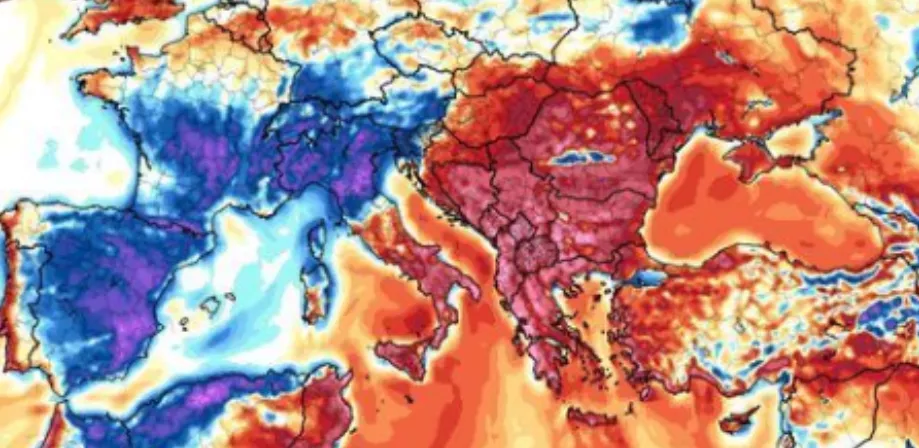
Late July 2025 will be remembered as one of the most intense and widespread heatwaves in European history, with numerous temperature records shattered across Italy, Greece, the Balkans, and parts of Eastern Europe. The extraordinary heat brought dangerous temperatures well above 40 °C to a large swath of the continent, causing widespread disruption, health crises, and environmental stress.
In Italy, the highest temperature was recorded in Paternò, Sicily, where the mercury soared to an incredible 45.7 °C, among the hottest ever reliably recorded on European soil. Nearby Sicilian towns such as Francofonte (44.5 °C), Mineo (44.3 °C), and Ramacca Giumarra (44.1 °C) also experienced blistering heat, illustrating the extreme intensity in the Mediterranean region.
Greece faced similarly alarming temperatures, with Tragána reaching 44.9 °C, Lárisa 44.8 °C, Kardítsa 44.6 °C, and Makrakómi 44.5 °C. These heat extremes far exceed typical summer highs, raising concerns over wildfires, water shortages, and public health.
The Balkans were equally scorched, with Serbia’s Krusevac hitting 44 °C and Banatski Karlovac 42 °C, and Albania registering remarkable highs including 43.8 °C in Gjirokastra, 43 °C in Shkoder, and 42.5 °C in Kukes. Even Montenegro’s Podgorica Airport tied a record with 41.8 °C, while North Macedonia’s Kavadarci reached 42.7 °C.
Other countries in Eastern Europe also suffered extreme heat. Bulgaria’s Montana reached 43.5 °C, with a minimum nighttime temperature of 25.6 °C recorded in Sandanski, underscoring the persistence of the heat. In Romania, Giurgiu climbed to 40.9 °C, while Arad saw 40.6 °C, signaling widespread extremes across the region.
Turkey experienced one of the highest readings at 45.1 °C in Kilis, adding to the regional heatwave’s intensity. Hungary reported all stations reaching or exceeding 40 °C, with Sarkad peaking at 41.3 °C, demonstrating the breadth of the heatwave’s impact.
The sheer scale and intensity of these temperature records highlight a dangerous and persistent heatwave, intensified by a dominant high-pressure system trapping hot air over the region. This prolonged exposure to excessive heat has led to increased risks of heat-related illnesses, severe wildfires, crop failures, and strain on water resources and energy grids.
Many of these temperatures shattered previous records by significant margins, underscoring the unprecedented nature of this event. The impact on public health services was immediate, with hospitals reporting surges in heat exhaustion and dehydration cases. Agricultural sectors faced losses as staple crops succumbed to heat stress and drought conditions.
Scientists link this extreme event to the broader context of climate change, which has increased the frequency, duration, and severity of heatwaves globally. The Mediterranean and Balkan regions are especially vulnerable due to their climatological and geographical characteristics.
As Europe contends with this exceptional heatwave, urgent adaptation measures are critical. Enhancing early warning systems, expanding public cooling centers, and improving water management are vital steps to reduce the devastating impacts of such heat extremes in the future.

Illustration picture: tropicaltidbits.com

